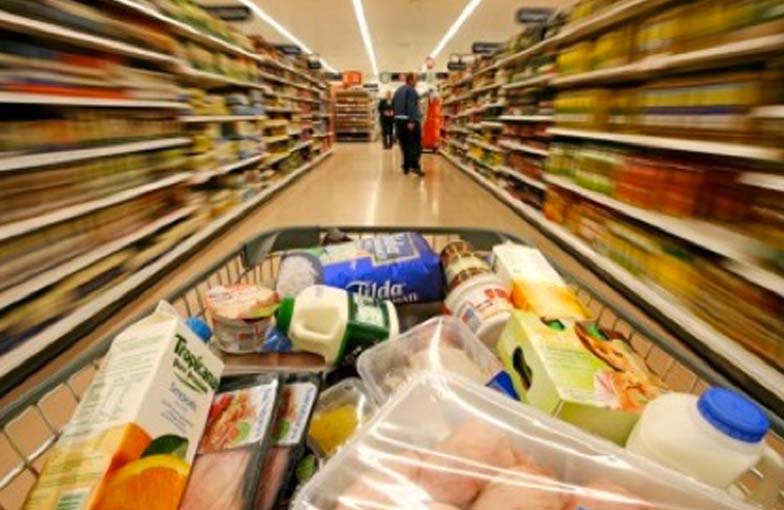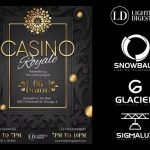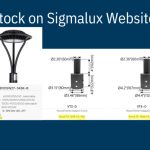Members of the British Retail Consortium have set themselves an ambitious target of reducing energy-related building emissions by 50 per cent by 2020. The cut, compared to a 2005 baseline, follows BRC members beating their previous target of a 25 per cent cut by 2013 – achieving 30 per cent so far.
This 50 per cent goal, in parallel with the introduction of the government’s Energy Savings Opportunity Scheme – requiring compulsory energy audits for large businesses – is expected to drive retailers to consider more efficient lighting systems.
Neil Sachdev, property director at Sainsbury’s said: “Sainsbury’s aims to reduce operational carbon emissions by 30 per cent absolute by 2020. We’re doing this because it makes commercial sense, supports job creation in the low-carbon energy sector, and is better for the environment.”
Talking about how members have driven energy efficiency, it cites the example of Tesco’s LED buying club, which uses the collective purchasing power of the 700 business that are members of its Knowledge Hub to negotiate discounts on energy efficient lighting. The BRC document also identified WH Smith for having retrofitted LED lighting across its high street stores. The project is expected to deliver more than 15 million kWh in annual electrical energy savings.
The BRC has also suggested that businesses could be taxed on energy usage as part of a four suggestions put to the government as part of a debate on reforming the business rates system. It argues such a tax could also drive the adoption of energy efficiency measures by retailers.
